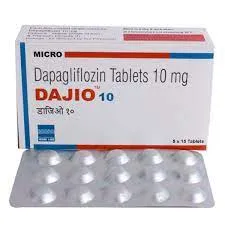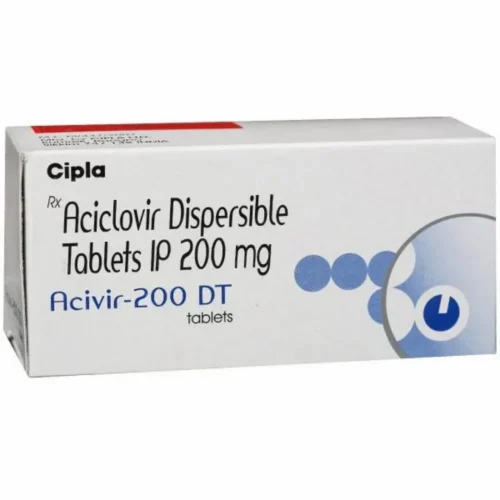Use:
The main uses of this medication are as follows: High blood pressure, Heart failure, Low blood pressure, Preventing future heart attack and stroke, Preserving kidney function, Diabetes.
Indication:
You can take it on its own or in conjunction with other medications. You can take it with or without meals during the day and at night. To get the most out of it, you should take it around the same time every day. It’s important to keep taking it regularly, even if you’re feeling good or have your blood pressure under control. Most people who take this medicine don’t feel sick, but if they stop taking it, their condition could worsen. This is one of the most widely used medicines and it’s safe to take for the long term.
Side Effects:
Lifestyle changes can also help lower blood pressure. This includes regular exercise, weight loss, quitting smoking, reducing alcohol consumption, and reducing salt intake as your doctor recommends.This medicine is well-tolerated by most patients. There are few side effects other than dizziness. Some people experience dizziness after taking the first dose. This can be related to headaches. Tell your doctor if you experience these side effects or if they persist.
Safety Advice:
If you have kidney or liver problems, consult your doctor before taking this medicine. If you are pregnant or breastfeeding, your doctor should also consult you before taking this medication. Your doctor may test your kidney function, your blood pressure, and your potassium levels while taking this medicine at regular intervals.














